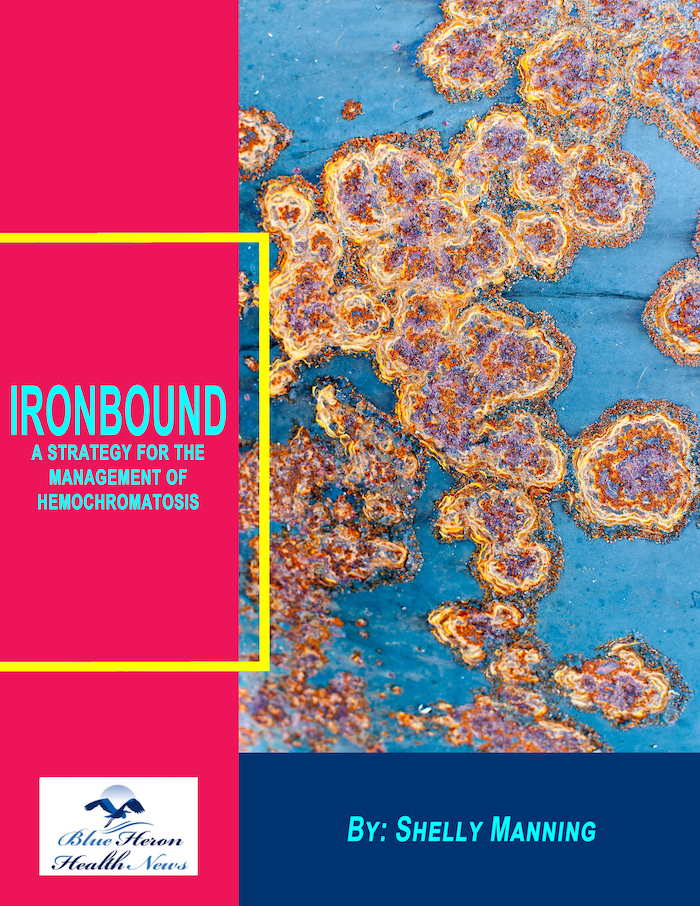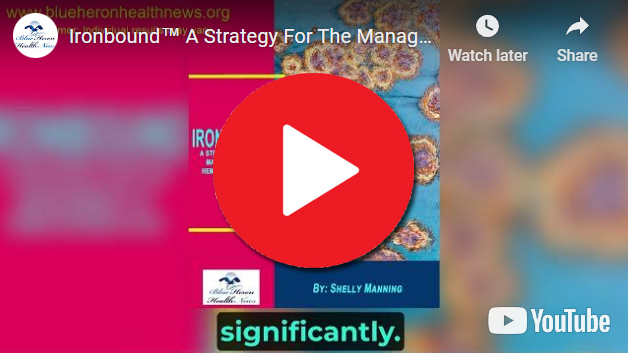
Ironbound™ A Strategy For The Management Of Hemochromatosis By Shelly Manning The 5 superfoods explained by Shelly Manning in this eBook play an important role in reducing the levels of HCT. The absorption of the excessive amount of iron by the genes of HCT can be blocked by these superfoods. In this way, the information provided in this eBook can help in resolving the problem of excess iron in your body naturally without any risk of side effects.
How does hemochromatosis affect the liver?
Impact of Hemochromatosis on the Liver
Hemochromatosis is a condition characterized by excessive iron accumulation in the body, which can lead to significant damage to various organs, particularly the liver. The liver is the primary site of iron storage and one of the first organs to be affected by iron overload. Here’s a detailed look at how hemochromatosis affects the liver, including the pathophysiology, clinical manifestations, diagnosis, and management.
Pathophysiology of Liver Damage in Hemochromatosis
1. Iron Overload in the Liver
- Iron Accumulation: In hereditary hemochromatosis, mutations in the HFE gene (or other related genes) lead to decreased production of hepcidin, a hormone that regulates iron absorption. Low hepcidin levels cause increased iron absorption from the diet, leading to excessive iron accumulation in the liver.
- Oxidative Stress: Excess iron generates reactive oxygen species (ROS) through the Fenton reaction, leading to oxidative stress. This oxidative damage affects cellular components, including lipids, proteins, and DNA.
- Inflammation: Oxidative stress triggers an inflammatory response, further contributing to liver injury and fibrosis.
2. Liver Fibrosis and Cirrhosis
- Fibrosis: Continuous iron-induced oxidative damage and inflammation promote the activation of hepatic stellate cells, which produce extracellular matrix proteins, leading to fibrosis (scarring) of the liver.
- Cirrhosis: Progressive fibrosis can lead to cirrhosis, characterized by widespread liver scarring, disrupted liver architecture, and impaired liver function.
3. Hepatocellular Carcinoma (HCC)
- Increased Risk: Chronic iron overload and cirrhosis significantly increase the risk of developing hepatocellular carcinoma, a primary liver cancer. Iron-induced oxidative damage to DNA is a major factor contributing to the carcinogenic process.
Clinical Manifestations
1. Early-Stage Symptoms
- Fatigue: Persistent tiredness is a common early symptom.
- Abdominal Pain: Discomfort or pain in the upper right quadrant of the abdomen, where the liver is located.
- Joint Pain: Arthralgia, particularly in the hands, can occur.
2. Advanced Liver Disease
- Hepatomegaly: Enlargement of the liver due to iron accumulation.
- Liver Function Abnormalities: Elevated liver enzymes (ALT, AST) indicating liver damage.
- Cirrhosis: Symptoms of cirrhosis include jaundice (yellowing of the skin and eyes), ascites (accumulation of fluid in the abdomen), edema (swelling of the legs), variceal bleeding (bleeding from dilated veins in the esophagus or stomach), and hepatic encephalopathy (confusion or altered mental state).
- Hepatocellular Carcinoma: Symptoms of HCC can include weight loss, loss of appetite, upper abdominal pain, jaundice, and worsening liver function.
Diagnosis
1. Laboratory Tests
- Serum Ferritin: Elevated levels indicate increased iron stores.
- Transferrin Saturation: High levels suggest increased iron absorption and overload.
- Liver Function Tests: Elevated ALT and AST levels indicate liver injury.
2. Genetic Testing
- HFE Gene Testing: Identifies mutations such as C282Y and H63D that are associated with hereditary hemochromatosis.
3. Imaging Studies
- MRI: Magnetic resonance imaging can quantify liver iron concentration and assess the extent of iron overload.
- Ultrasound: Can detect liver enlargement, cirrhosis, and other structural abnormalities.
4. Liver Biopsy
- Histology: A liver biopsy can confirm iron overload by demonstrating iron deposits in liver tissue and assess the degree of fibrosis or cirrhosis.
- Iron Staining: Stains such as Prussian blue are used to visualize iron deposits in liver cells.
Management
1. Phlebotomy
- Mechanism: Regular blood removal to reduce iron levels. Each session removes about 500 ml of blood, containing approximately 250 mg of iron.
- Frequency: Initially performed weekly or biweekly until iron levels normalize, followed by maintenance phlebotomies every few months.
2. Iron Chelation Therapy
- Use: For patients who cannot tolerate phlebotomy or have severe iron overload.
- Medications: Deferoxamine, deferasirox, and deferiprone, which bind to excess iron and facilitate its excretion.
3. Dietary Management
- Iron Intake: Avoid iron supplements and limit dietary iron intake.
- Vitamin C: Reduce consumption of vitamin C supplements, as vitamin C enhances iron absorption.
- Alcohol: Limit alcohol intake to reduce the risk of liver damage.
4. Monitoring and Follow-Up
- Regular Monitoring: Periodic assessment of iron levels, liver function tests, and imaging studies to monitor iron load and liver health.
- Screening for Complications: Regular screening for complications such as liver disease progression, cirrhosis, and hepatocellular carcinoma.
5. Liver Transplantation
- Indication: In cases of advanced cirrhosis or liver failure, liver transplantation may be considered as a treatment option.
Prevention and Early Detection
1. Genetic Counseling and Testing
- Family Screening: First-degree relatives of individuals with hereditary hemochromatosis should undergo genetic testing and regular monitoring for early detection and prevention of complications.
2. Early Diagnosis
- Awareness: Increased awareness and early diagnosis can prevent irreversible liver damage by initiating treatment before significant iron overload occurs.
Conclusion
Hemochromatosis significantly affects the liver, leading to iron overload, oxidative stress, inflammation, fibrosis, cirrhosis, and an increased risk of hepatocellular carcinoma. Early diagnosis and effective management, including phlebotomy, iron chelation therapy, dietary management, and regular monitoring, are crucial to preventing liver damage and associated complications. Genetic testing and family screening are important for early detection and intervention.
Ironbound™ A Strategy For The Management Of Hemochromatosis By Shelly Manning The 5 superfoods explained by Shelly Manning in this eBook play an important role in reducing the levels of HCT. The absorption of the excessive amount of iron by the genes of HCT can be blocked by these superfoods. In this way, the information provided in this eBook can help in resolving the problem of excess iron in your body naturally without any risk of side effects.
